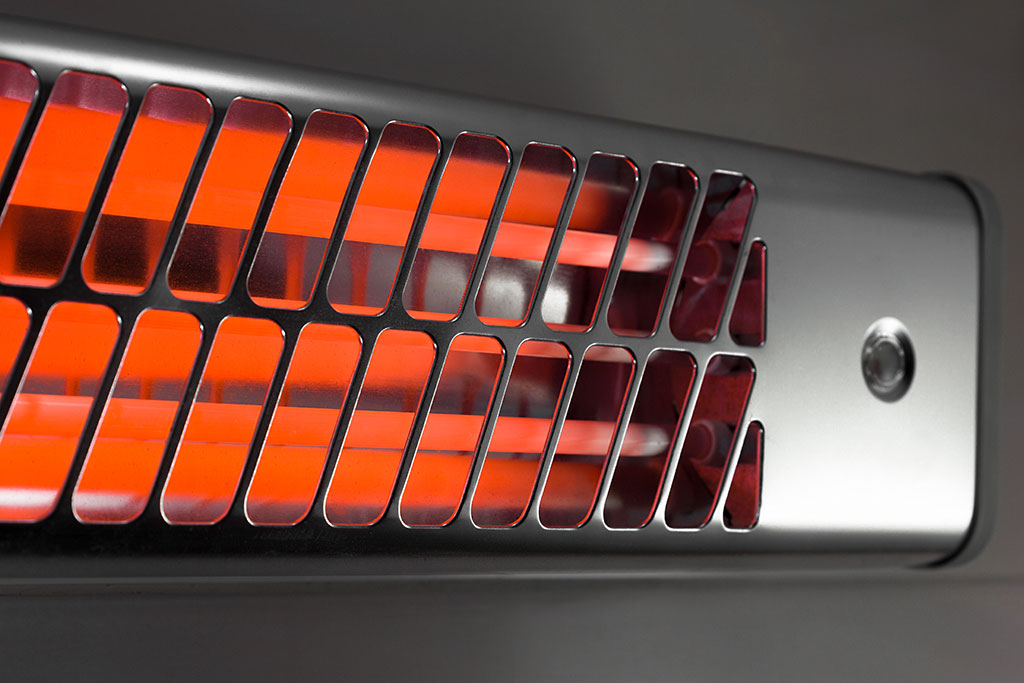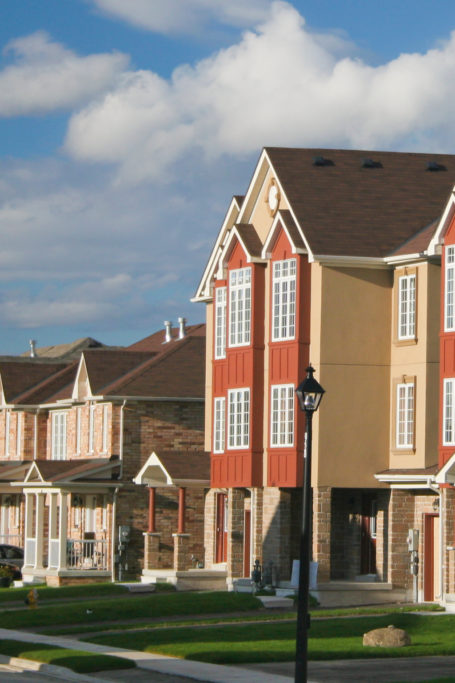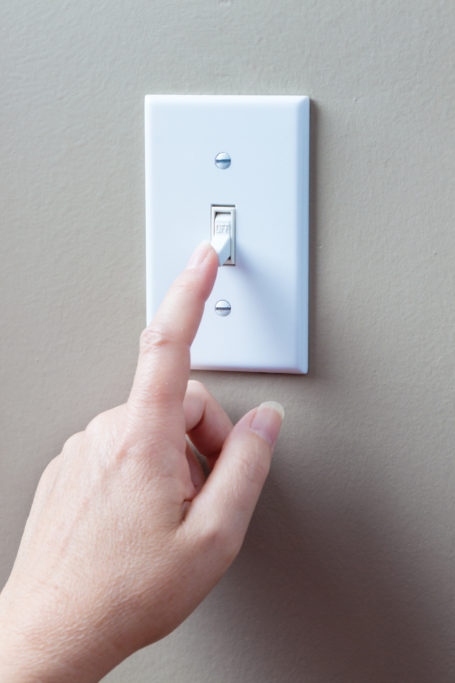Help Your Household Heating
As winter’s yearly chill descends, you’ll likely turn to a trusty appliance to keep you comfortable and healthy: your heater.
Though various systems may each have different fuel sources and air-distribution technology, conducting proper upkeep is essential to ensuring optimal performance, preventing safety concerns, and prolonging its life span. Take a look at some general heating-maintenance tips and potential upgrades that can help you stay cozy this season.

Know your heater
Thanks to technological advances, there are more heating systems to choose from than ever. Among the most common are forced-air units, which generate warmth from an electric, propane, oil, or natural-gas furnace then distribute heated air through ducts or vents. Radiant heaters, alternatively, are powered by electricity or steam and use panels in floors, walls, or ceilings to radiate heat throughout a home. Meanwhile, hot-water baseboard heaters are easily recognizable for their low-placed vents, and boiler systems use heated water to direct warmth through radiators.
That said, it may be difficult to identify the exact type of heating unit and air-distribution system in your home, particularly if you own a mix of several units like wall-mounted ductless mini splits that each warm individual rooms. The best way to identify the technology you own, understand its fuel sources, and maintain it is to hire a heating-maintenance technician.
Perform basic maintenance
While you should turn over the direct mechanical work to a professional, some maintenance tasks will still fall to you. Of chief importance, replace air filters at least every ninety days to help reduce airborne pollutants and clear buildup that can clog your heating appliances. In addition, clean your indoor vent grates, the exterior of your radiator, and air registers (grates in your floor) weekly to clear obstructions like dust.
Just as important, you should address any warm-air-loss issues immediately. For example, drafty windows or doors, subpar insulation, and damaged ductwork can diffuse warmed air, which not only wastes money but also increases the workload on your heating system. You can attempt some DIY solutions, such as caulking the edges of windows and adding weather strips to exterior doors. But if you notice that certain areas still feel colder throughout the day or seem less responsive to heating cycles, notify an HVAC technician.

Making an upgrade
nfortunately, even regular maintenance and occasional repairs won’t keep your unit running forever. Like all technology, heating systems eventually decline in performance—so in some cases, outright replacement may be a wise investment. Some common signs it’s time for an upgrade include:
- A system greater than fifteen years old
- Frequent repair needs
- Spiking energy costs
- Visible damage, such as rust or cracks
If you notice any of the above, you should probably start planning to replace the unit. Determining the best heating system for your home requires considering numerous factors, including your budget, climate conditions in your region, the ductwork within your home, and your ideal replacement time frame. So if you’re seriously considering making an upgrade, reach out to an HVAC technician, who can help you weigh your options and arrive at the optimal decision.
Requesting to upgrade your thermostat to a programmable model can be another impactful improvement. Newer ones may produce more accurate temperature readings and allow you to adjust your heating needs based on your daily routine and cold-weather fluctuations. This both ensures efficient operation and prevents you from overusing your heater, potentially extending its lifespan.
High-efficiency options
Use the Energy Star directory as your go-to source when shopping for upgrades. It includes modern, high-efficiency appliances that have satisfied rigorous efficiency criteria and may even offer superior performance and more innovative features than standard products. A variety of heating equipment, such as furnaces, boilers, heat pumps, and even thermostats, is listed there. As you weigh the benefits of improving your technology, prioritize these options to enjoy superior household heating and ongoing cost savings.
Ultimately, an effective heating system not only keeps you warm but also works efficiently, saves you money, and operates without issues that can shorten its lifespan. Before the coldest temperatures arrive and you feel the need to crank up your heater, get in touch with a maintenance professional, who will provide an in-depth inspection to diagnose and address any issues impacting your system and offer personalized advice for making the most of it.


















